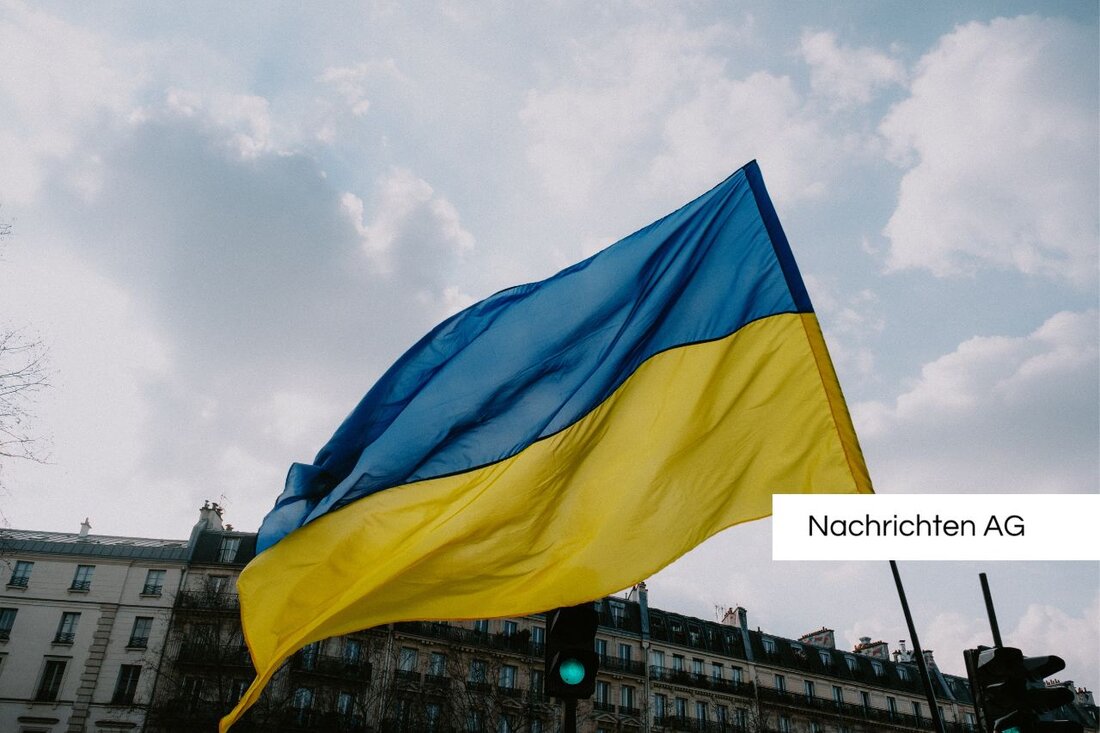Refugee numbers in Austria: Vienna strongly under pressure!
Refugee numbers in Austria: Vienna strongly under pressure!
The current Situation of the refugee distribution in Austria shows serious differences between the federal states. According to the figures requested by the ÖVP, 68,000 people lived in basic care at the beginning of the year. Around 31,000 people were recorded in Vienna. While the proportion of asylum seekers in Vienna is only 7.5 percent, their share in Tyrol is many times higher, namely 48.5 percent, and 47 percent in Upper Austria. This illustrates the unequal distribution among asylum seekers within the country.
Overall, almost 13,200 asylum seekers were counted at the beginning of the year, which corresponds to a share of 18 percent. Around 11,000 of the good 13,100 people lived in Vienna among the subsidiary protectionists; This corresponds to a rate of 84 percent. This grouping is granted a temporary protection, whereby they have fewer rights, such as family reunification compared to asylum entitlements. The majority of the subsidiary beneficiaries have been people from Syria and Afghanistan in recent years.
supply and integration
The duration of the basic supply differs greatly between the federal states. Subsidiary beneficiaries in Vorarlberg are cared for an average of 814 days, while in Vienna there are 758 days and only 201 days in Tyrol. Asylum persons, on the other hand, can remain in basic care for a few months after the protection status is recognized. In Styria this is done on average for 68 days, in Vienna there are 65 and 62 days in Vorarlberg. At the beginning of the year, around 75 percent of the asylum entitled (around 1,700 out of 2,300 people) were in basic care.
The largest group in basic care represented by displaced people from Ukraine. In Burgenland, 1,890 beneficiaries were recorded 1,434 Ukrainians, and in Styria the proportion was three quarters of the supervised. In Vienna, Ukrainians make up almost 39 percent of the displaced persons, among Viennese benefits it is about 46 percent. This shows the influence of the Ukraine conflict on the current refugee situation in Austria.
Development of asylum applications
The number of asylum applications in Austria not only decreased significantly in 2025, but also recorded a decrease of 35 percent compared to the previous year with 6,056 applications. In view of these figures, it is particularly noticeable that only 33 percent of the applications represent original applications from newly entered asylum seekers. The rest is distributed over family reunions, multiple applicants and post -born children. Children made the majority with 51 percent of all asylum applications.
In April 2025, a total of 3,593 positive decisions were made in the field of asylum and subsidiary protection, which is a decrease of 62 percent compared to the previous year. The number of positive asylum and guardian decisions for Syrians is particularly alarming; It decreased by 98 percent compared to April 2024. Syrians take third place with 145 decisions, while most positive decisions were awarded Afghan (2,286), followed by Somaliern (440). These trends not only illustrate the challenges in the asylum system, but also the enormous challenges for the affected refugees.
Define the legal foundations for subsidiary protection that it applies if serious damage threatens in the country of origin. This includes the imposition of the death penalty or torture and humiliating treatment. Protecting framework conditions enable a stay for three years, which can be extended for certain conditions, but family reunification remains limited to limited possibilities, such as bamf.de explained.
This multifaceted problem of asylum and migration in Austria requires continuous attention and adaptations in political and social integration in order to meet the diverse needs of the refugees.
For more information about current figures and data on asylum and migration in Austria, see also the reporting of the Austrian Integration Fund.
These dynamics will continue to shape the social and political discussion in Austria.
| Details | |
|---|---|
| Ort | Wien, Österreich |
| Quellen | |


Kommentare (0)